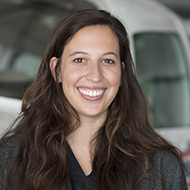Get a seaplane rating
It’s fun, and makes you a better pilot, too

They can take you everywhere from Alaska’s Lake Hood to Florida’s Dry Tortugas, the northern Midwest, and even around the bayou in New Orleans, offering amazing, unique experiences available to only a lucky few. Getting a seaplane rating is more than just fun, though. It also teaches you new skills and helps maintain and improve your proficiency as a pilot.
To fly seaplanes, you need more than an endorsement like you would for tailwheel or high-performance aircraft—you have to take a checkride. Most pilots take this checkride to earn their seaplane wings after they have already learned to fly a land airplane (but not always). This add-on rating will leave you certified to fly an airplane SES—single-engine sea. For many people, the only time they’ll fly a seaplane is during training and they want the rating just for the experience of earning it. Because of that, many people choose to train via a destination seaplane rating, usually spending about a week in a locale like Lake Tahoe (below), northern Minnesota, Florida, or Maine, typically with multiple flights a day and a checkride on the final morning.
Seaplane flying introduces new challenges, like judging water landing sites, wind conditions, docking, and having no brakes, but you can take these decision-making and judgment skills and apply them to all your flying, making the rating more than worthwhile.



